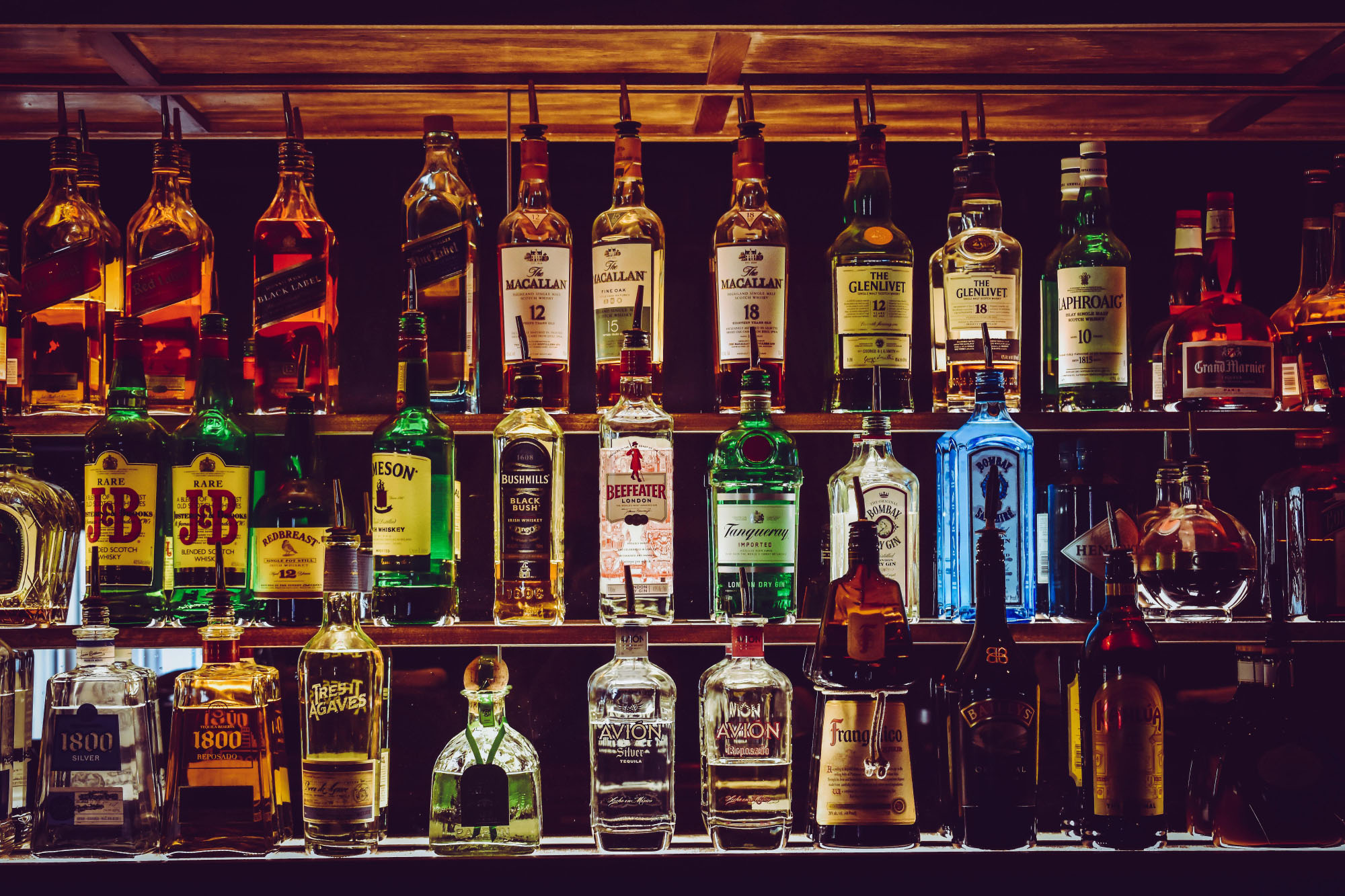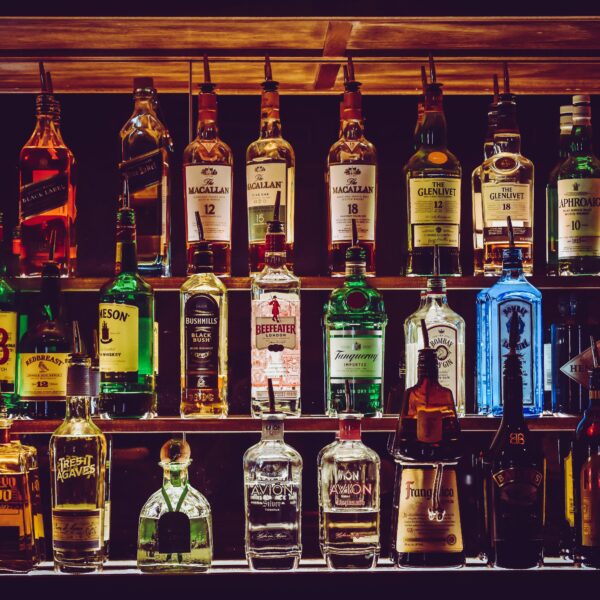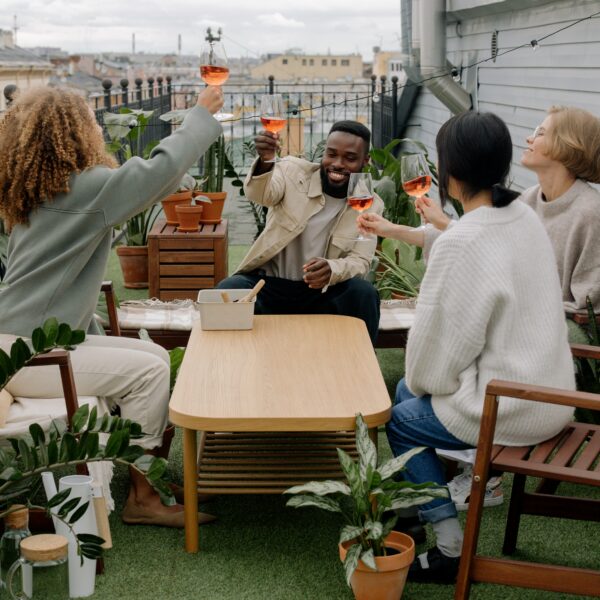The Rise of Low and No Alcohol Drinks in 2026

The UK’s drinking landscape is evolving fast. While beer, wine, and spirits still dominate, low and no alcohol options are gaining ground.
Once considered a novelty, non-alcoholic drinks are now mainstream, with 69% of consumers regularly choosing beverages with little or no alcohol.
Driven largely by Gen Z, this trend shows no sign of slowing. The question is: how can brands tap into this growing demand?
Key Takeaways
Over two-thirds (69%) of UK consumers have purchased non-alcoholic drinks in the past year
Men aged 18–34 are 1.6 times more likely to buy low-alcohol drinks, particularly from well-known brands
Women aged 18–24 are leading the shift toward reduced or zero alcohol consumption at home
Alcohol sales in the UK are evolving, not declining
Despite headlines about people drinking less, our Future of Alcoholic Beverages report tells a different story: alcohol sales aren’t declining, they’re transforming.
The key figure? 69% of consumers have tried a non-alcoholic drink, signalling a clear shift in habits and preference for lower-alcohol options.
No longer a niche part of alcohol sales in the UK, low alcohol drinks are now part of the mainstream.
The volume of non-alcoholic beverages is expected to increase, in and out of home, to 74.31 million litres in 2025.
What’s interesting is that the trend isn’t confined to one type of alcohol. While 23% of consumers purchased alcohol-free lager, 18% bought wine alternatives, 17% tried mocktails, and 12% chose alcohol-free gin.
What this shows is that demand is consistent across the wider alcohol market. Lager might be the most popular non-alcoholic beverage now, but that could change as more people start taking up the offerings in other sectors.
What’s clear is that the percentage of people drinking low alcohol drinks is trending in one direction, and that’s up.

Young men are driving the no-alcohol trend
One of the more surprising aspects of our report was the demographic that’s driving the shift to zero alcohol: young men.
The days of ‘lad culture’ and heavy drinking are fading. While it might not always feel that way on a Friday night, the data tells a different story.
Men aged 18–34 are 1.6 times more likely than the general population to regularly buy low-alcohol drinks, particularly branded options. Whether this reflects moderation or a preference for lighter nights out, it marks a major cultural shift.
It’s not clear if this is a firm no to beer or a switch to enjoying a night out without heavy alcohol consumption. But what is clear is that non-alcoholic beverages are more popular than ever among the group most associated with drinking alcohol.
No brand can afford to ignore that shift.
Women across all ages are drinking less at home

Women, especially younger women, are leading the move towards non-alcoholic drinking at home.
34% of women aged 18–24 are more likely to drink non-alcoholic drinks at home, compared with an average of 29% across all age groups.
Interestingly, this cohort has seen the amount of alcohol they drink outside of the house rise, with 23% saying they’re more likely to drink out than they were last year.
This could be the result of young women shifting to consuming alcohol out of the house, or a cultural divide between segments of this cohort.
Older age groups are following the same trend, drinking less alcohol at home.
34% of the 25 to 34 age group, 30% of 35- to 44-year-olds, 29% of 45 to 54-year-olds, and 33% of the over 55s have decreased the amount they drink at home.
While young women are leading the trend, it’s not in isolation. Alcohol usage among women at home is decreasing across all age groups.
Practical reasons, such as health and affordability, could be the cause. Two-thirds (65%) of the 29% of people who said they were drinking less at home referenced this.
This trend spans all age groups, driven largely by health, cost, and lifestyle considerations, with 65% of those drinking less at home citing affordability and wellbeing as key reasons.
Alcohol sales in the UK are changing
One of the biggest inhibitors of drinking low alcohol beverages was the stigma attached to it.
Going out for a few drinks is ingrained in UK culture, and those who opted out of this or chose non-alcoholic beverages often got shunned or funny looks because of it.
However, this stigma seems to be fading. Our report makes it clear that low- and no-alcohol drinks are becoming mainstream.
As the stigma fades and consumer interest grows, brands have a unique opportunity to innovate. By leveraging real consumer insight through platforms like Vypr, they can confidently develop, test, and launch products that meet the demands of this fast-evolving market.
This presents brands with a clear opportunity to capitalise on a growing market. From new product development to getting reliable data backed by behavioural science, using a product intelligence tool to help establish your brand in this growing market is crucial.
The rise of no- and low-alcohol drinks marks a cultural and commercial shift in the UK’s drinking habits. Consumers are not turning away from alcohol entirely, they’re redefining what moderation means.
For brands, that means the opportunity isn’t just in following the trend, but in understanding it.
That’s exactly what Fortitude Drinks achieved with Vypr, using real-time consumer insights to refine their Cactus Jack’s range and successfully bring it to market.
Book a demo to see how Vypr can help your brand stay ahead of the trends in the alcohol industry.







